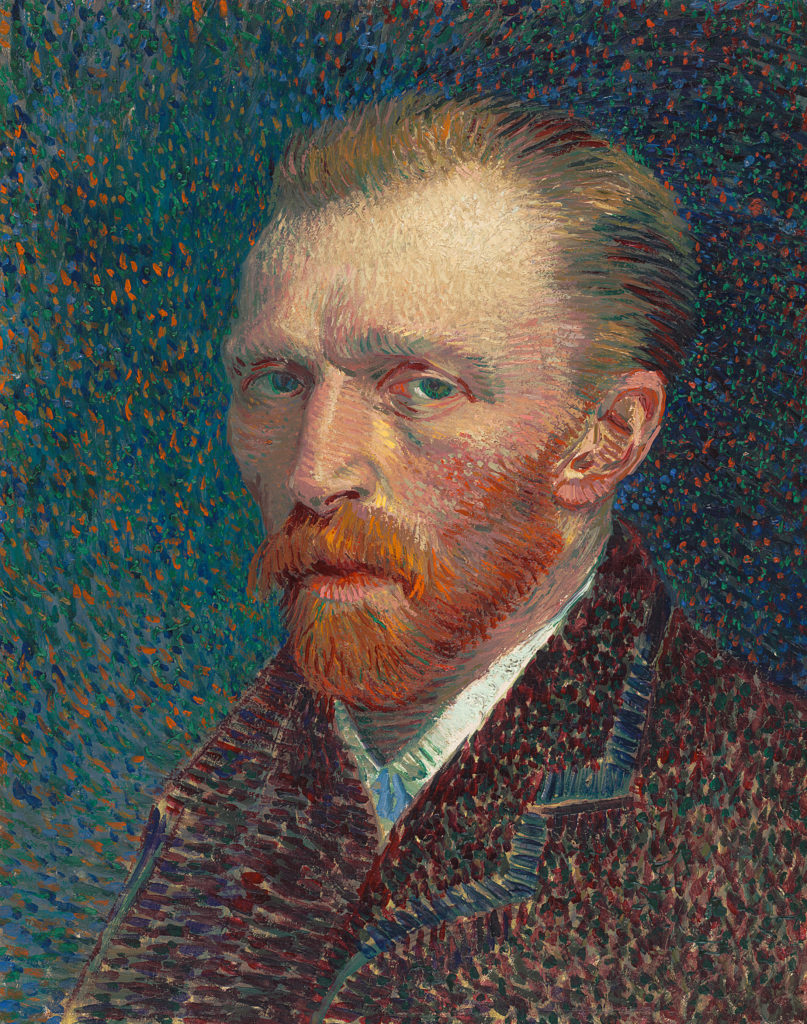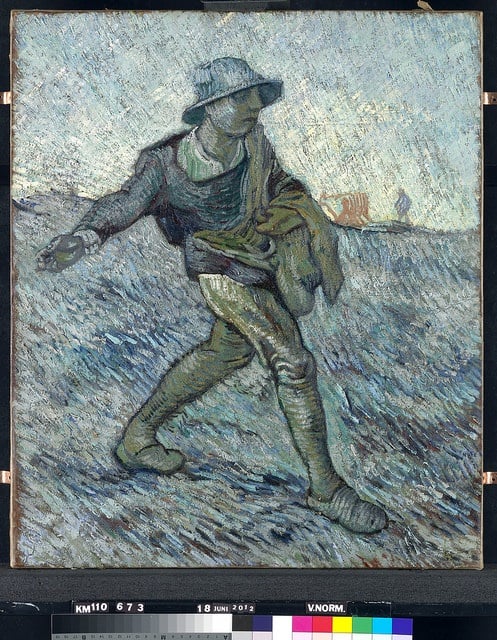Art & Exhibitions
New Show Looks at Van Gogh’s Pivotal Belgium Period


Eileen Kinsella

A recently opened exhibition at the Beaux-Arts Mons, in Belgium examines van Gogh’s stay in the Borinage (a depressed coal mining region in southern Belgium) from 1878-1880, a pivotal time during which the artist abandoned his failed attempt at a preaching career and instead embraced drawing and painting. (See: “Do Riches Await In the Van Gogh Market?” and “Rare Van Gogh Still Life Could Bring $50 Million at Sotheby’s.”)
In a letter written to his brother Theo, he expressed his longing to draw, and started by copying prints. Van Gogh, who felt a connection with the town’s peasants and workers, began to focus on scenes from their everyday lives, themes that would continue throughout the duration of his short career.
In a recent BBC story, Daily Telegraph art critic Alastair Sooke examines some of the turbulent events that preceded Van Gogh’s move to Belgium, noting that, “A stint working for an art dealership first in the Hague then in London and Paris hadn’t worked out: shy and awkward, he didn’t take to the profession, and in 1876, he was fired. That was followed by a couple of dead-end teaching jobs in England.”
Sooke says, true to form, life in the Borinage was anything but easy for van Gogh. His lack of skill as an orator was compounded by linguistic difficulties—it seems he could not understand the “quick-fire patois known as ‘Walloon French.’” Yet, writes Sooke, it was at this “rock-bottom” moment that the 26-year old artist began to draw.

Vincent van Gogh The Sower (after Jean-François Millet) (1890) The Collection of the Kröller-Müller Museum, Otterloo © Stichting Kröller-Müller Museum
Among the things van Gogh encountered in the Borinage that he drew inspiration from was sympathy for working class coal miners and admiration of their simple way of life. As he later wrote: “It was in the Borinage that I began to work from nature for the first time.”
The Beaux-arts Mons show, which opened January 25, continues through May 17. On a side note, Mons was recently named a culture capital of Europe for 2015 (see European Culture Capital Reinvents Google Street View).
The perennial museum favorite is also the subject of a new book by Julian Bell Van Gogh: A Power Seething (published by New Harvest/Houghton Mifflin), which the New York Times Book Review recently called “as brief and intense as its subject’s life.”
According to Patricia Albers (author of a biography on Joan Mitchell and a forthcoming book on Andre Kertész): “The author gets up close not only to the artist but also to the social animal. A 30-year-old lout with no money, no job and no plan…But Bell refuses to view van Gogh as a madman or martyr, quickly asserting that he would rather focus on the ‘astonishing paintings and letters’ than on the ‘lump of bloody gristle to which a social misfit is no longer attached.’”